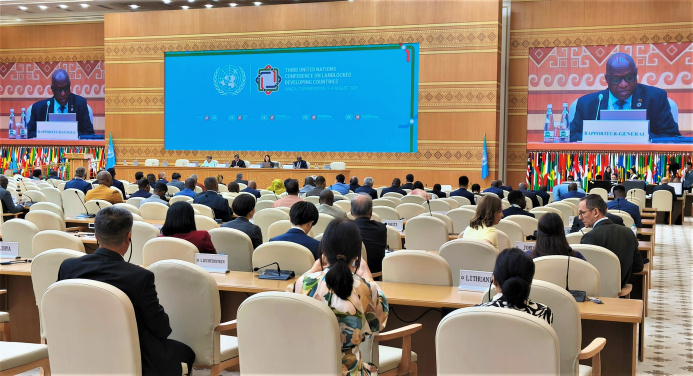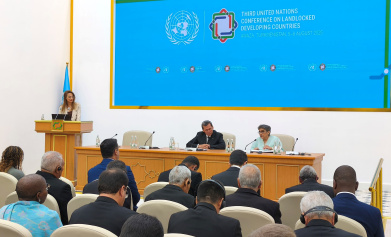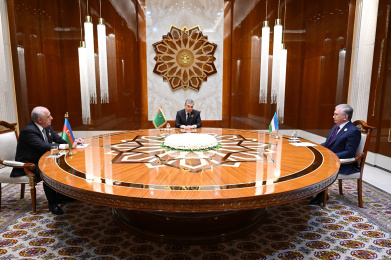When geography doesn't divide, but connects through ideas, trade, and innovation
08.08.2025 | 20:40 |On August 8, the closing session of the Third United Nations Conference on Landlocked Developing Countries (LLDCs) was held in Avaza. Summarizing the results, participants stated that Avaza will go down in history as the place where a "new spirit of bold partnerships and decisive actions" was unveiled. The main outcomes of the forum were the Avaza Programme of Action and the Political Declaration. The primary task now is to bring these ideas to life, transforming "geography from a barrier into a bridge."
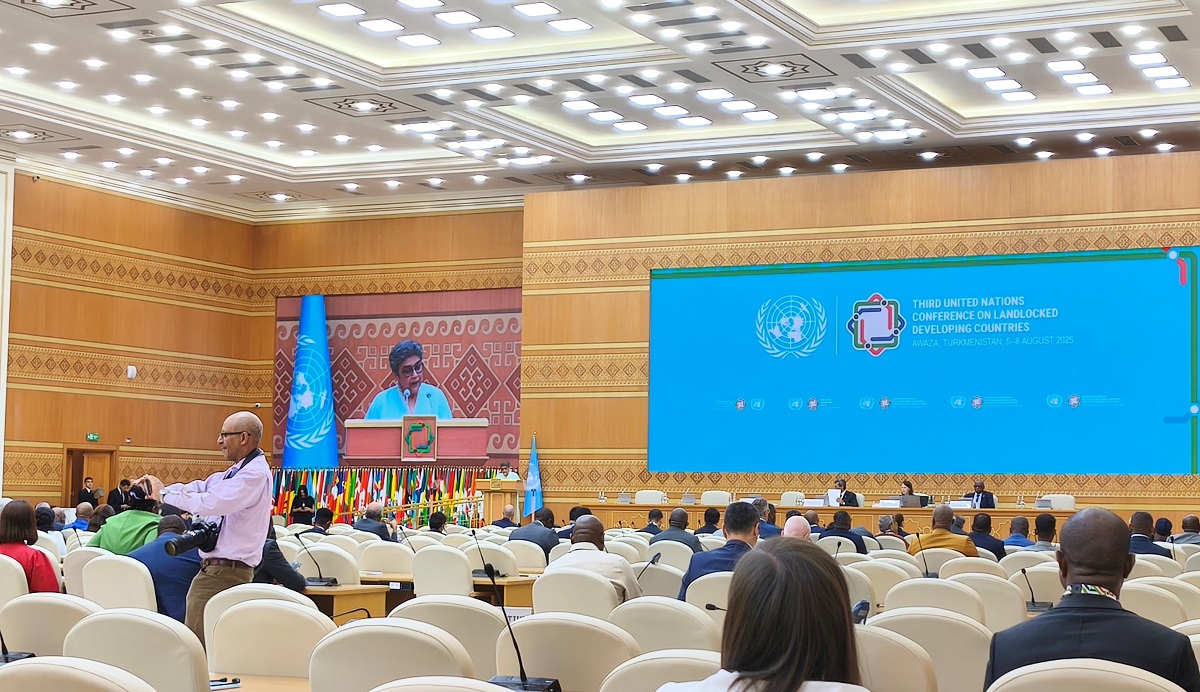
Five Key Priorities: From Infrastructure to Climate
The session outlined five main areas of focus:
Overcoming Geographical and Infrastructure Barriers: The primary goal is to break the "geography trap" that hinders trade. To achieve this, a special financing mechanism is proposed to attract private capital for infrastructure investments. A High-level Group on Freedom of Transit will also be established to ensure legal norms become practical tools.
Economic and Production Growth: The objective is to double the share of manufacturing, service exports, and high-tech industries in the GDP of these countries by 2034. To support agriculture, which remains the main employer, regional research centers will be created to offer climate-resilient solutions for increasing yields.
Integration into Global Trade: It's crucial to accelerate the implementation of the WTO Trade Facilitation Agreement. The WTO Programme for LLDCs will amplify their voice in global trade discussions and help streamline transit procedures.
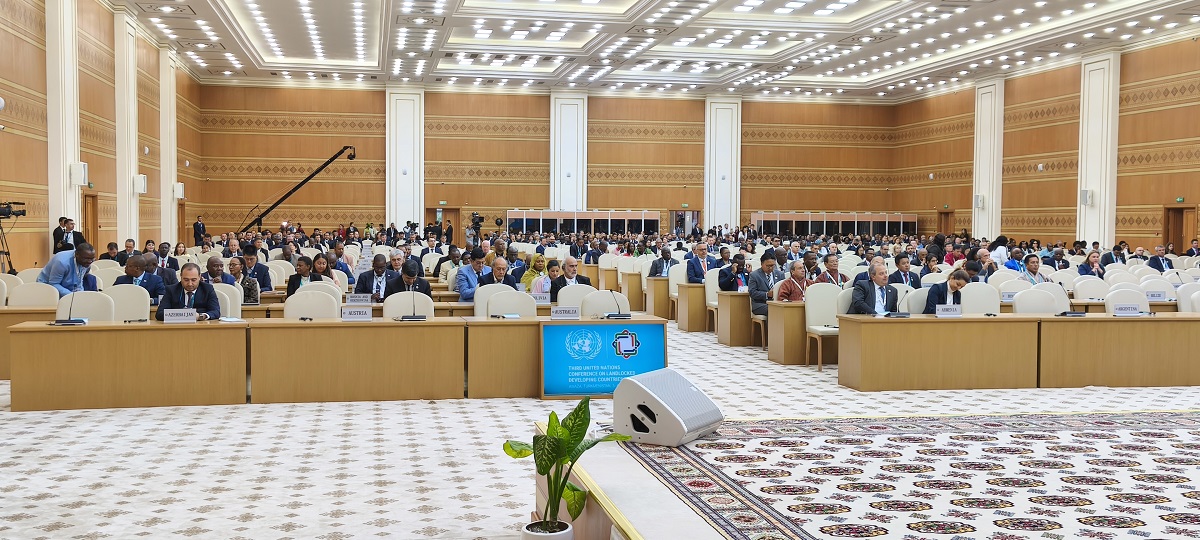
Mobilizing Resources for Climate Resilience: A new Climate Negotiation Group for LLDCs will be formed to help with climate change adaptation and resilience. This breakthrough will allow these countries to present a unified position in global negotiations.
Reliable Financing: For these goals to be achievable, the international financial architecture must work in the interest of LLDCs. This means increasing official aid, scaling up climate financing, and expanding access to concessional loans.
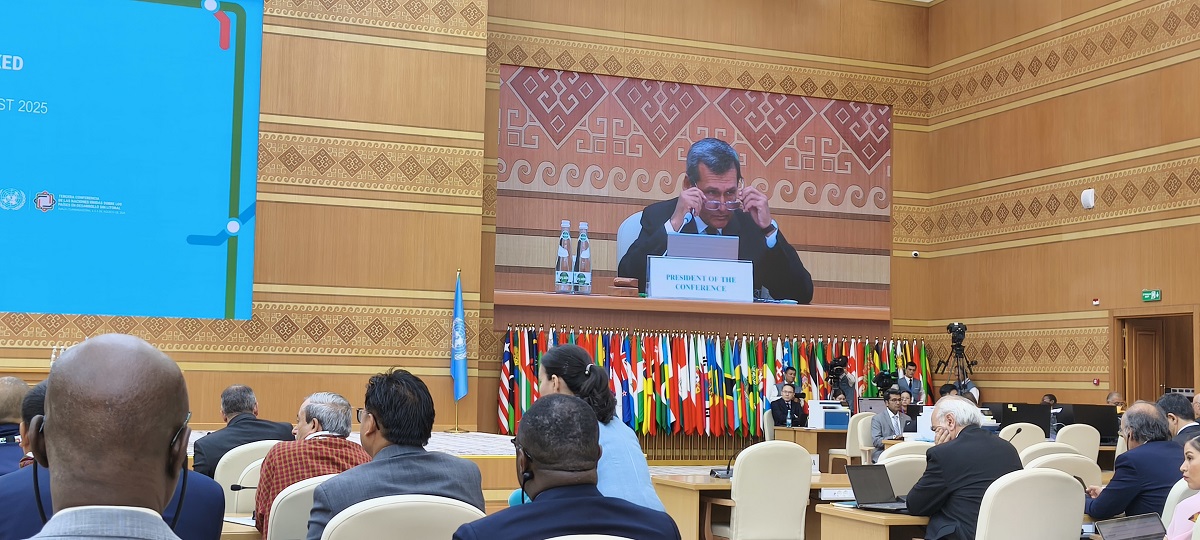
Responsibility, Partnership, and Innovation
The United Nations has expressed full support for the implementation of the Avaza Programme of Action. The next step is to develop a "roadmap" with clear deliverables and a mechanism for tracking progress.
In conclusion, participants emphasized that the Avaza Conference was a clear demonstration of the power of multilateral cooperation and solidarity. It brought together governments, the private sector, youth, and civil society for a common goal: to build a future where landlocked countries are not divided by geography, but connected by new ideas, trade, and innovation.
The promise to make "interconnected lands" not just a phrase, but a new way of life, must now be fulfilled.
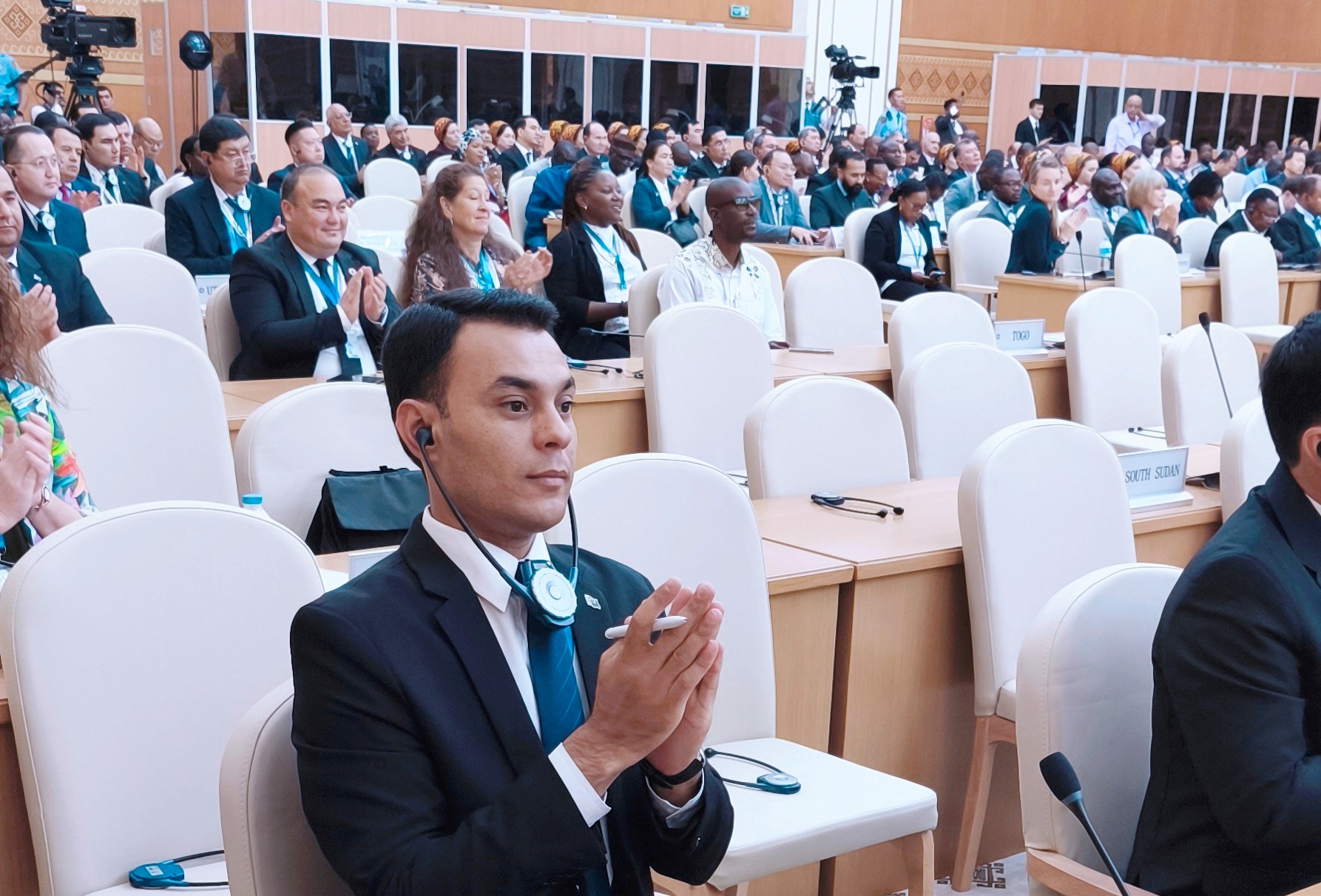
ORIENT

